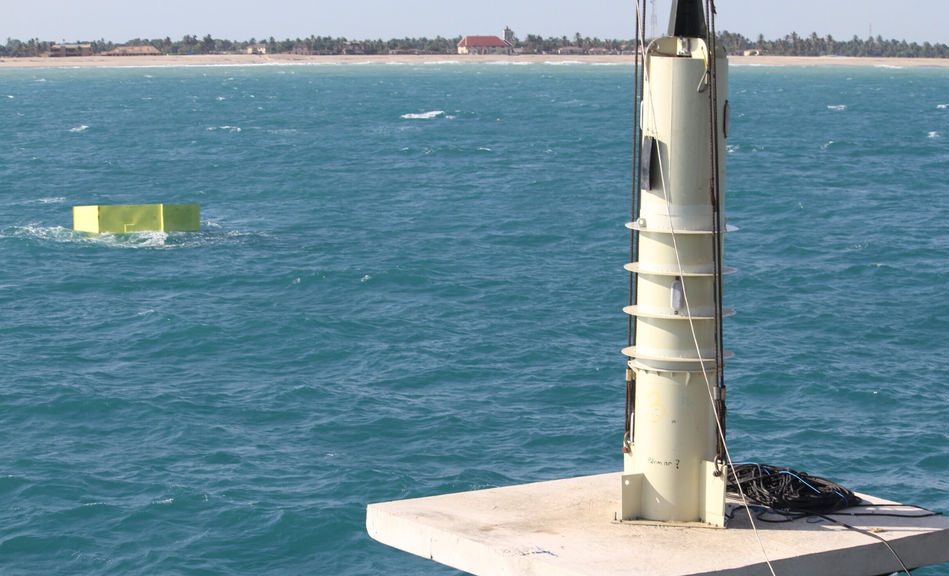3D modeling helps optimize the power output from Seabased’s generators

12.05.2021
The beauty of 3D modeling is that you can see what’s happening on the inside of a complex system, as well as on the outside. 3D, hydrodynamic CFD modeling offers a good way to understand in precise detail how a linear generator responds to a buoy moving through different waves. Seabased engaged the University of Edinburgh to use their powerful 3D tool to model the direct drive linear generator´s response to different kinds of waves.
The results enable Seabased to better optimize its wave-to-grid system by maximizing the power generation achievable from multiple generators connected to one electrical system. The company is looking for the sweet spot, the optimal point, where the system can produce maximum output at minimum cost, without risking excessive wear and tear on system components.
“It has been exciting for us to participate in this project,” said Professor Markus Mueller, Chair of Electrical Generation Systems at the University’s School of Engineering. “We work with a number of companies and Seabased has advanced technology in the wave energy sector.
The project is part of an ongoing system optimization project in advance of the commercial launch of the Seabased wave-to-grid system.
One of the studies used the university’s 3D modeling capability to model how the generator reacts as the buoy moves through the waves. This information will be used to refine the system to optimize the amount of grid ready electricity that can be produced.
The goal of the second study was to acquire even more granular data around producing maximum electrical power with the correct voltage for the grid while not overheating the equipment.
With Seabased’s technology/solution, a buoy on the surface of the ocean moves with the waves. This motion lifts a heavy, magnetized weight called a translator, up and down inside the generator. The generator – called a Wave Energy Converter, or WEC – converts this mechanical energy into electrical energy which it sends it to Seabased’s unique electrical system, also located on the seabed. This system converts the power from multiple WECs into 33kv DC electricity suited for grid use.
Seabased CEO Laurent Albert said he was pleased with the results that came out of the university. “The University has a stellar reputation,” he said. “The work they did is part of a larger campaign to reduce any margins of uncertainty in preparation for certification and industrial ramp-up of Seabased’s wave energy parks.
We are delighted that the results they produced are in line with previously measured performances and that the study gave us tangible insights in the optimization of the whole system.”
As Seabased finalizes the specifications for the commercial system, it aims to maximize power output while keeping a firm cap on costs. Factors to consider in system optimization include:
– Getting the most power, at the proper voltage, in different wave climates
– Finding the ideal balance between power output and heat flux in the generators
– Finding the balance between energy output and cost of energy (which includes using off-the-shelf parts)
– Protecting the environment and keeping the lifecycle CO2 low
“Partnerships with organizations like the University of Edinburgh mean that many minds are working to solve the complex equations that will help bring wave energy to the renewable market,” notes Albert.
